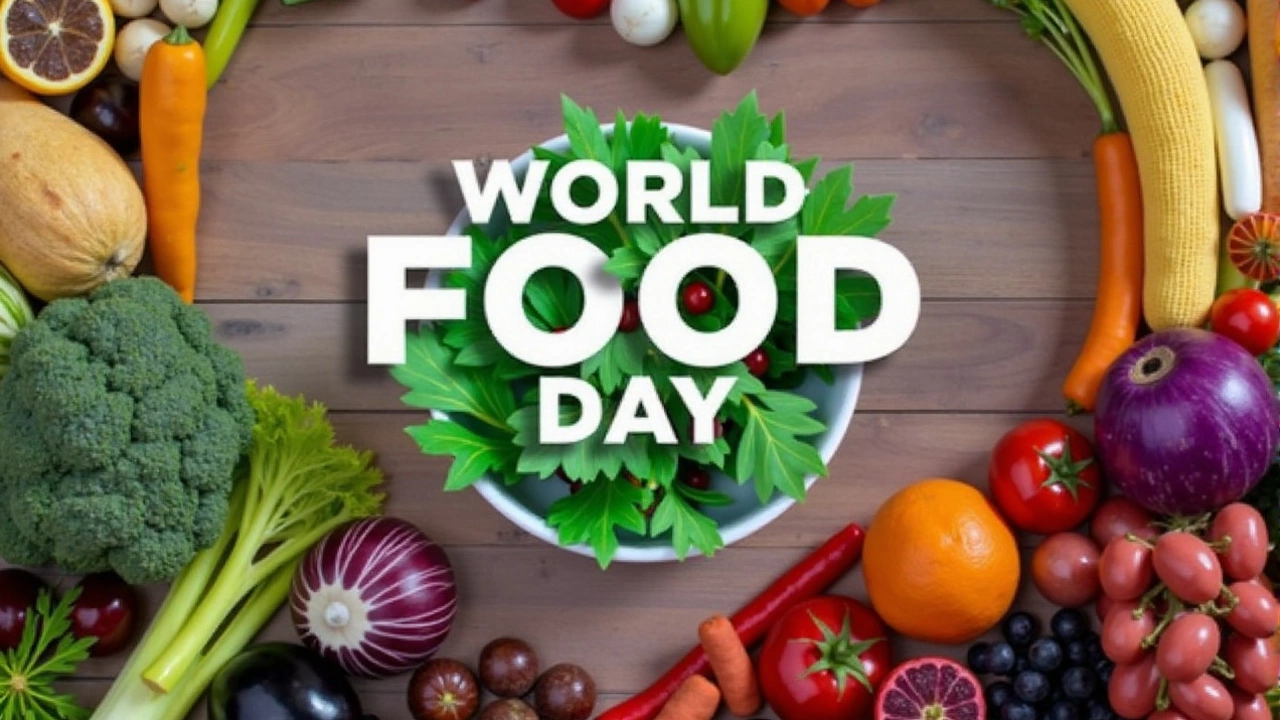Hunger in Africa – What’s Happening and How We Can Help
When you hear the word “hunger,” you might picture empty plates or long lines at food banks. In many African countries, hunger is a daily reality that touches families, schools, and even whole economies. It’s not just about missing meals; it’s about missing opportunities for growth, education, and health.
Recent reports show that droughts in the Sahel, conflict in the Horn of Africa, and rising food prices are driving more people into food insecurity. For example, after a poor harvest season, thousands of households in Nigeria’s northern states are scrambling for emergency grain supplies. Meanwhile, the conflict‑driven displacement in Ethiopia has pushed millions into makeshift camps where access to nutritious food is scarce.
Why Hunger Is Growing Across the Continent
There are three main drivers behind the surge in hunger:
- Climate shocks: Erratic rains and longer dry spells destroy crops faster than farmers can adapt. When a single season fails, entire communities can slide into crisis.
- Conflict and instability: War disrupts farming, blocks market routes, and forces families to flee. The loss of farmland and livestock means fewer meals at home.
- Economic pressures: Inflation and high transport costs raise food prices, making even basic staples unaffordable for low‑income households.
These factors often overlap, creating a perfect storm where one problem amplifies another.
What’s Being Done – And What Still Needs Attention
Governments, NGOs, and local groups are rolling out a mix of short‑term relief and long‑term strategies. Emergency food parcels, cash transfer programs, and school feeding schemes are helping hungry families stay afloat during crises. In Kenya, a mobile cash‑voucher system lets families buy fresh produce directly from local markets, supporting both nutrition and the local economy.
On the longer horizon, investments in irrigation, drought‑resistant seeds, and farmer training are key. When farmers can grow crops that survive harsh conditions, the whole supply chain becomes more stable. In Tanzania, community‑run water‑harvesting projects have already increased yields by 30% in the most vulnerable regions.
However, gaps remain. Many rural areas still lack reliable market access, and nutrition education is often missing from relief efforts. People may receive food, but not the right mix of proteins, vitamins, and minerals needed for healthy growth.
To truly cut hunger, we need coordinated action that bridges immediate aid with sustainable agriculture.
So, what can you do? Support organizations that focus on both emergency relief and long‑term farming solutions. Share reliable information about local initiatives on social media. And if you’re in a position to volunteer or donate, look for programs that empower farmers and strengthen local food systems.
Hunger is a complex issue, but every step toward better food security makes a difference. By staying informed, spreading the word, and backing effective projects, we can help turn the tide for millions of Africans facing daily hunger.

16
Oct
World Food Day, observed on October 16th, is a pivotal event organized by the FAO to address global hunger and promote food security. The day signifies a need for equitable access to nutritious meals for all, especially in regions facing food scarcity like Nigeria. It encourages sustainable agricultural practices and mindful food consumption to protect the environment, emphasizing the vital role of governmental policies in creating lasting solutions.
Read More
